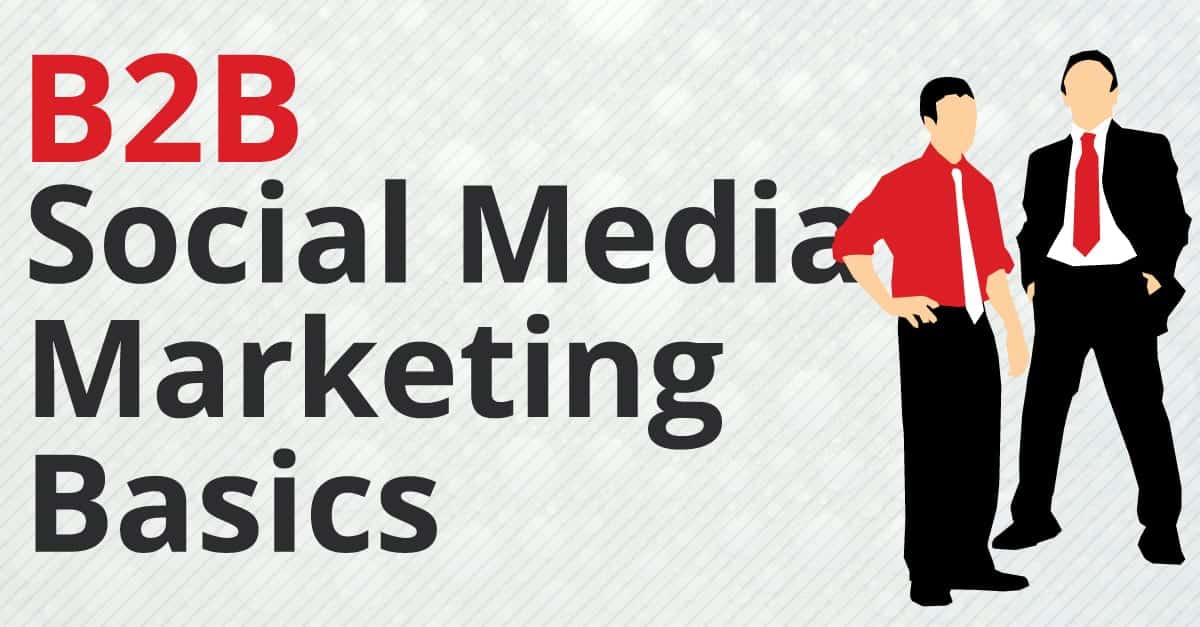Social Networks have changed how businesses interact online and the way marketing strategies are carried out. When used correctly, Social Networks can tremendously improve the quality of generated leads. There are many social networks that are improving B2B social media marketing solutions, the following are the most popular:
- YouTube
- Google+
BASICS OF B2B SOCIAL MEDIA
B2B spending is projected to double over the next 5 years. In fact spending is expected to reach $4.8 billion by 2014, up from $2.3 in 2009 (Alexander Holz, Mashable.com). B2B marketers are finally recognizing that social media is an essential platform for initiating relationships and generating new business.
There are 3 main goals to B2B social media:
- Show Off A Bit – People look to social media sites to learn from other experts in their industry or to see what is trending in the news that is relevant to them or their competitors. Social media is primarily used for interactions, but conversation is not the only way to utilize social media sites. For B2B professionals, it is important to keep up with the latest developments in their realm of expertise. This gives you an opportunity to showcase your expertise and what you do best. By doing so, you will increase your visibility among potential clients and position yourself well in the industry.
- Making Connections & Sales – Your B2B marketing campaign’s ultimate goal should be to make connections and get sales. You will need to come up with a plan to target those audiences who are the best fit. Start by coming up with possible connections, making a list and executing based on priority. Your best bet is to become active in current conversations going on already. Twitter and Linkedln are great places to start. Designate someone to track conversations trending that you will be a good fit to jump in on.
- Increasing and Building Your Brand – So many B2B social media campaigns get carried away with getting the most interactions and lose focus on building their brand. While interactions must be your priority the majority of the time, they shouldn’t be the only thing you focus on. Instead of getting any and all people to interact with you online, focus on those who actually are interested in you and your brand. In order to hone in on these prospects, do a better job identifying content that aligns with your brand and target instead. By getting the right type of interactions you will get more quality leads leading to more sales in addition to building your brand.
Curating Content vs. content marketing
Content Curation is the act of discovering, gathering and presenting digital content that surrounds a specific subject matter (EContent.com). Unlike content marketing, content curation does not include generating content at all. Instead it takes and combines content from a multitude of sources, and presents them in an organized fashion.
WHO & WHY?
Content curation is all around us; RSS feeds, links posted to blogs, social media feeds or online news sites that are constantly feeding new information as it happens. Other examples are sites like Digg, Delicious and Alltop. People typically participate in content curation because they like to stay informed and knowledgeable.
For those same reasons, you as a B2B enterprise, want to do the same thing. You can set up RSS feeds to let you know news as it happens about your business, your competitors or other industry news that may be beneficial to you or your consumers. The funny thing is that a lot of people may not even know what Content Curating is if you asked but most participate on a daily basis. Anyone with a Facebook feed or Twitter stream has participated without even knowing it.
SECRETS OF SUCCESSFUL CONTENT CURATION
It is no big surprise that there is a lot of information available on the internet; after all, anyone and everyone can post content whenever they want. To be successful in the content curation scene, the trick is to showcase only the best and most relevant content. Just like content marketing, having the most relevant and up to date content is the number one key to a successful campaign.
Curating content is similar to releasing a new album, you only want to put the best songs on it for the new release. I have said this many times, not all content is created equal. Most readers are only looking for the best information surrounding a particular topic. Content curators are able to put all the best information in a single setting, making it easier to sift through.
Most B2B marketing campaigns utilize content curation to drive search engine optimization (SEO). When you link multiple pieces of content on a particular subject back to your site, it increases your exposer when that topic is searched. Sites that use content curation typically update faster and search engines tend to reward those up-to-date sites by indexing them more often.
FINAL THOUGHTS
There are many tools that can aid in your ability to curate content effectively and only you will know which is best for your business. There are also some basic rules one must follow while curating content; you must give credit or link to the original source. You should also keep a close eye on your content if you use content aggregators or automated curation tools or methods. Sometimes not paying enough attention to these few rules will lead to content curating failure. I would recommend that you not rely on one or the other. Mix it up and include both curated and original content on your site to generate the best SEO results.
“Social media and search directly impact Brands. In the age of conversational media, Brands must become Publishers.” – John Battelle
